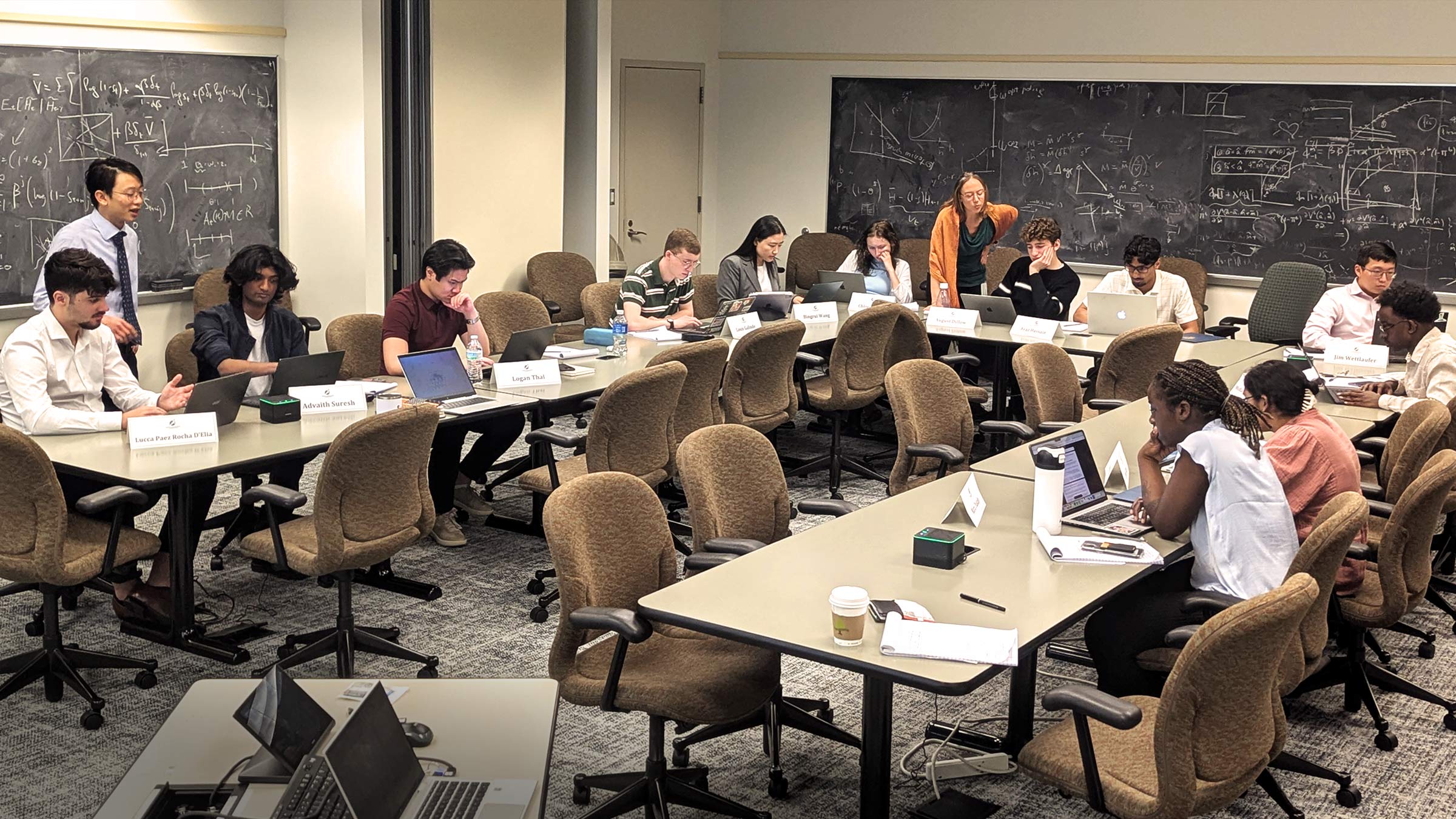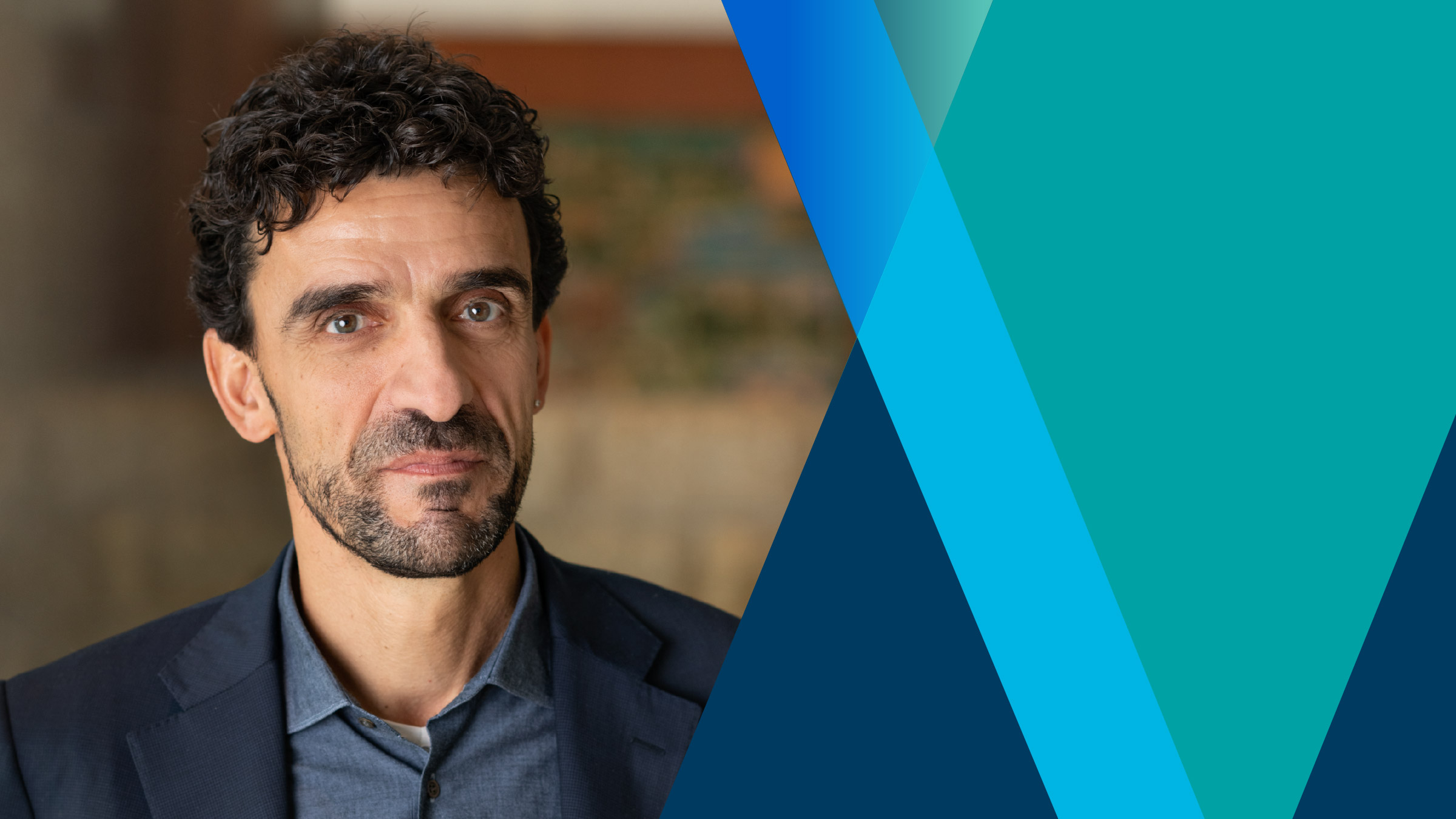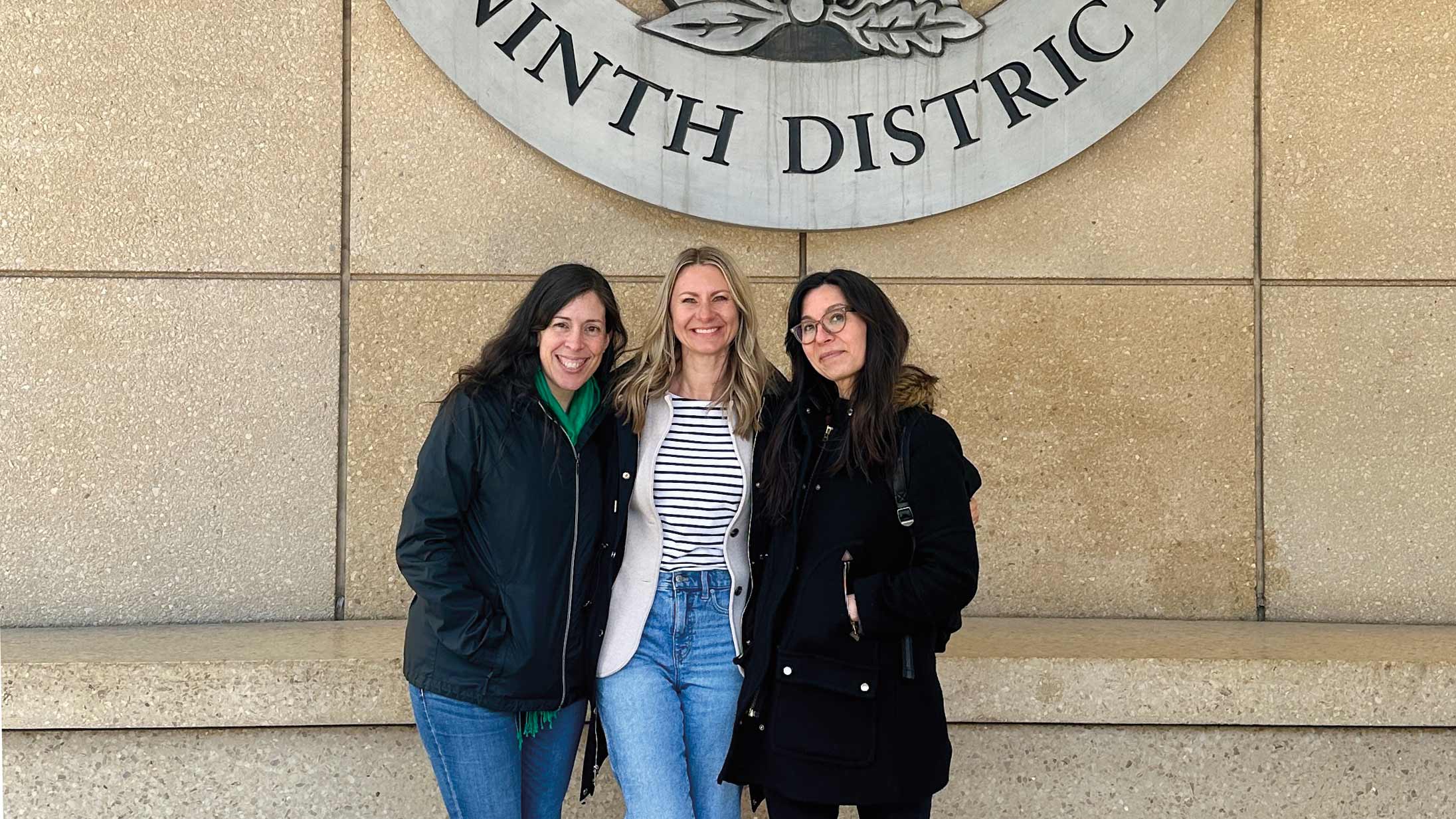This article originally appeared in the Bank’s employee newsletter, Fourth Quarter 2013.
The connection between the U.S. Coast Guard, engineering, water technologies and the Federal Reserve may not seem apparent, but Randy Hogan, the new chair of the Minneapolis Fed’s board of directors, is able to draw on all those experiences in his work with the Bank. As he explains in the following interview with Niel Willardson and Dave Fettig, each of those tasks demands analytical skills to define and solve problems. Additionally, he discusses his new role as chair of the Bank’s board and describes his motivation to serve on the board, as well as the important role provided by Bank directors. Finally, he shares his thoughts about effective leadership amid changing and challenging work environments.
Tell us about your education and career background, and how that background informs your work on the board.
 I went to high school in Framingham, Massachusetts. After that I attended the United States Coast Guard Academy, which is in New London, Connecticut. I went there for two years, then transferred to MIT, where I got a degree as a civil engineer, and then worked as a civil engineer for a couple of years. When I decided business was interesting, I pursued an MBA at the University of Texas at Austin.
I went to high school in Framingham, Massachusetts. After that I attended the United States Coast Guard Academy, which is in New London, Connecticut. I went there for two years, then transferred to MIT, where I got a degree as a civil engineer, and then worked as a civil engineer for a couple of years. When I decided business was interesting, I pursued an MBA at the University of Texas at Austin.
So I am an engineer, and I think engineering is helpful in terms of the rigor that you apply to problem-solving. It’s data-centric, and you always return to the data to make sure you’re grounded in reality.
This background is helpful in Minneapolis Fed board meetings when we’re hearing reports about banking and economics. I also had a number of courses in economics, and I have an MBA in business, so I’m always looking at how the work of the Fed is done and how it relates to the world as I understand it, which is the business world and, in particular, the manufacturing world.
Could you provide a brief overview of Pentair, especially how it reached this point over time?
I’ve been with Pentair for 15 years; the last 13 years as CEO. When we started, we were about $2 billion in sales. Our largest business was professional power tools. We’ve actually gone through three transformations. One was from power tools into being primarily focused on water. Now we are broadening from water to flow technologies and flow control as a result of our merger with Tyco’s Flow Control business last year. We’ve gone from about $2 billion in sales to approaching $8 billion in sales, and a market cap of about $1 billion to almost $13 billion today.
How did Pentair’s evolution happen?
For us to create the Pentair that exists today, we followed a set of guiding principles. First, we have a great set of values. We call them Win Right, which is the code that we use to hold ourselves accountable to doing not just what’s right for the business, but what’s right ethically as well. And that underlies everything we do.
On top of that, what I brought when I became CEO was the belief that you always want to adhere to two strategic principles. One is you want to be in businesses that have good growth prospects, and the other is you want to be in businesses where you can control your own destiny full-stop. Those were the guideposts to the transformations we went through at Pentair. Life is not without risk, and my view is that the role of a CEO is to create a brighter future for the company, the employees and the customers. That always takes risk. You have to have a purpose; you have to have a destination. And to get there you always take informed risks, and you execute well.
What was your reaction to getting a call from the Minneapolis Fed about its board of directors?
I was a little bit surprised. I never thought about being involved with the Fed Board. Then I thought about what we had just gone through, this was in 2009, and I knew what a brutal time we had as a company. And I thought about what an extraordinary job Ben Bernanke and the Federal Reserve did, really saving our economy as best they could. So I had two thoughts—one is what an interesting thing to be involved with such an institution and what an honor it would be. But secondly, I was informed by an anger that I had, and that a lot of people in business had, that we were collateral damage. Key parts of the finance industry had brought us to the precipice, and we paid the price. Our companies paid the price, our employees paid the price and our customers paid the price. So for me to be involved with the Fed gave me an opportunity to serve an organization that I think did hero’s work in getting us through the financial crisis. It gave me a chance to speak truth to an industry that I felt had lost its way, the finance industry.
What kind of reaction do you get about your service on the board?
I’m looking forward to telling people that I’m the chair of the Minneapolis Fed and to hearing them say, “I thought Ben Bernanke was the chairman of the Fed.” It’s really not well known how the Fed works, such as the 12 banks, the Board of Governors, the roles of each of the banks. It gives me an opportunity to talk about not just my role on the board, but the important function of all the members of the board.
On that note, the board is made up of different groups of people, including bankers, but there are nonbankers that are elected by bankers and there are nonbankers appointed by the Board of Governors. And that’s a really interesting mix. It’s been great to meet folks from Fargo, from Montana, from the Upper Peninsula and walk a little bit in their shoes and hear the challenges they have and the opportunities they have. It’s been educational for me, and I think the interaction has been very good for them as well.
What makes an effective director for the Fed?
I think what makes an effective director for the Fed is someone who is willing to put in the time and be engaged, open and constructive, but also do the work to bring their perspective to the board. I think the Federal Reserve staff, Narayana Kocherlakota and all the staff, benefit greatly from those real-life economic experiences we’re all living day-to-day. And so for us to be able to bring that information to the table is really helpful.
Pentair has gone through a number of changes, which we’ve discussed. How should an organization like the Minneapolis Fed position itself for change?
I’ve certainly talked to Narayana and others about experiences I’ve had around managing, and some of the challenges around managing, because the Federal Reserve is a large organization with a lot of employees, a lot of very talented employees with big brains.
In terms of driving real change, I think the Fed is going to be challenged, just like all other public-oriented entities, to be more productive, to use technology, to drive productivity. The other thing I believe from my own experiences is that nobody likes change unless it is change that they initiate. So change is about bringing people with you. Change is about getting people to understand the purpose and the mission, what the strategic actions are, what the values are that underlie everything. You can get anything to change if you bring everyone with you. And you can get nothing to change if you think you can just do it all by yourself. It takes energy, commitment, focus, and it takes alignment. That’s the fun part of leadership. When I was two years in as a CEO, I thought I knew everything it took to be a CEO, and now 13 years in, I realize with greater clarity how much more there is to know.
More About Randall Hogan
Perspectives from a Class C Director: Randall Hogan
Video interview




